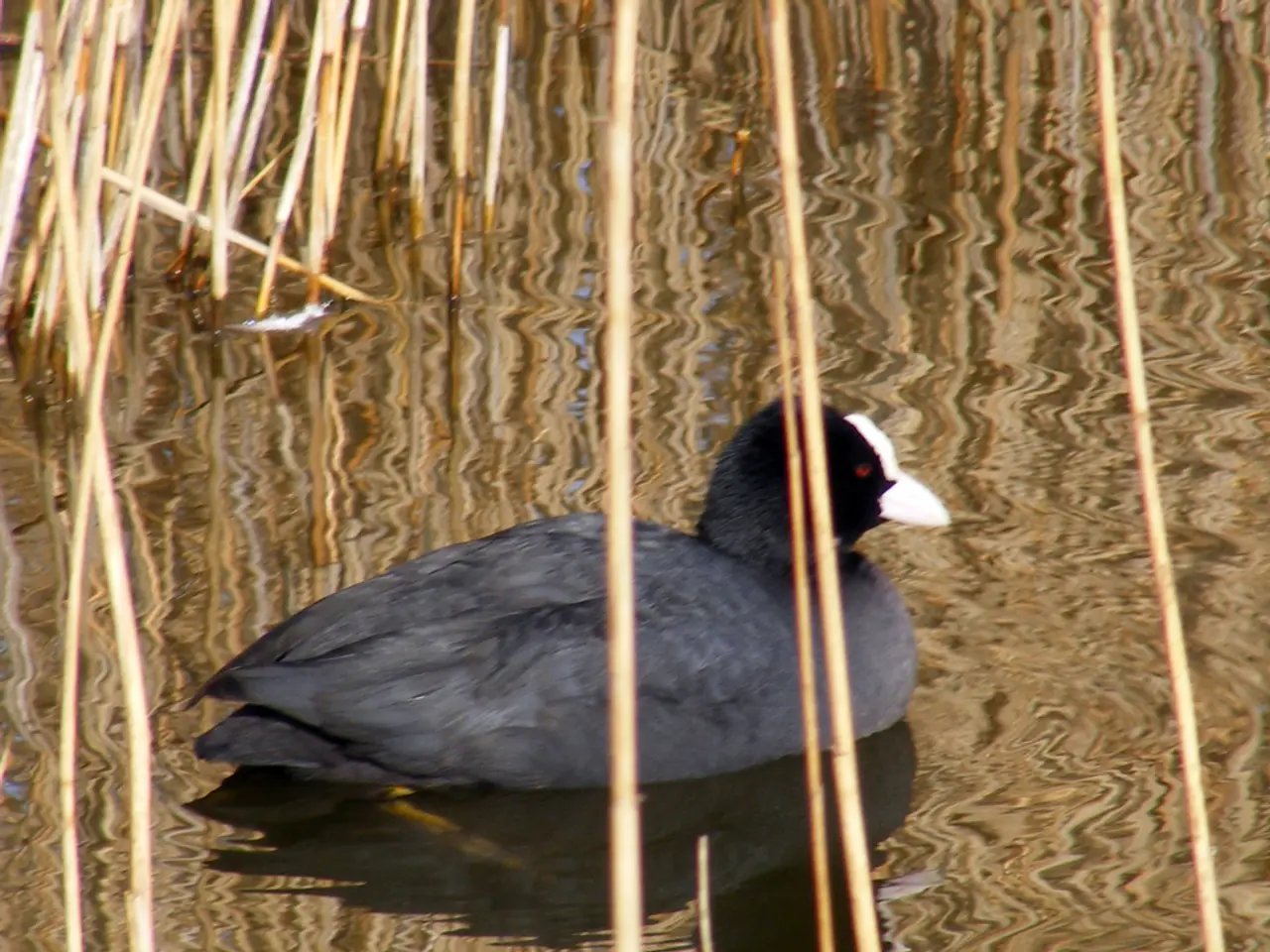Concerned about invasive plants? Get familiar with the prevalent species of weeds and reliable methods to remove them from your property.
Controlling Common Garden Weeds: A Comprehensive Approach
Garden weeds can be a persistent nuisance, but understanding their characteristics and employing effective control methods can help maintain a healthy, weed-free garden. Here's a guide to managing common garden weeds such as Common Purslane, Crabgrass, Canada Thistle, Bindweed, Prostrate Spurge, Yellow Salsify, Lawn Burweed, and Pokeweed.
- Common Purslane This annual weed with succulent leaves is notoriously difficult to eradicate due to its ability to regrow from root fragments and long-lived seeds. Control is best achieved by digging out entire plants, using mulches and weed barrier fabrics (such as thick black plastic) to prevent establishment, and applying pre-emergent or selective herbicides as per manufacturer instructions.
- Crabgrass Crabgrass thrives in bare lawn spots during summer. Effective control includes maintaining a healthy, dense lawn through regular mowing and overseeding bare patches, applying mulch, consistent irrigation, and using selective pre-emergent herbicides before germination or post-emergent herbicides during growth stages.
- Canada Thistle and Bindweed Both are perennial weeds that spread via roots or rhizomes, making hand-pulling ineffective unless all root material is removed. Systemic herbicides targeting perennial weeds are needed, with active ingredients like glyphosate or selective herbicides safe for turfgrass. Mowing may also help reduce spread but will not eradicate these species alone.
- Prostrate Spurge, Yellow Salsify, Lawn Burweed, and Pokeweed Control typically requires hand-pulling when weeds are young and sparse; maintaining a dense, healthy turf to outcompete weeds; and applying appropriate pre-emergent herbicides to prevent seed germination. Mulching helps prevent weed establishment. For tougher perennial species like Pokeweed, systemic herbicides may be necessary.
General tips include consistent lawn care to create thick turf that crowds out weeds, use of pre-emergent herbicides to block seed germination, and spot-treatment with systemic herbicides for persistent perennial weeds. When using herbicides, always follow label instructions carefully, especially for selective herbicides that protect lawn grasses but kill weeds.
In addition, aerating the soil and mowing at a higher level can help reduce the incidence of lawn burweed. Snipping bindweed off at soil level can render the weed incapable of photosynthesizing and eventually kill it. However, the use of non-selective chemical herbicides to kill root systems is the only way to eradicate bindweed.
Crabgrass is an annual warm-season grass that tends to establish in barren areas of lawn during the hot summer months. It reproduces solely from seed that can remain dormant and viable for three years. Yellow salsify grows up to 3ft in height and 2ft across, and is notable for its gray/green leaves and seed puffballs. Hand-pulling weeds when they are immature or spot-treating with herbicide can help control prostrate spurge.
In summary, a combined approach using mechanical methods (hand-pulling, digging), cultural practices (healthy lawn maintenance, mulching), and chemical controls (pre-emergent and selective post-emergent herbicides) is the most effective way to control these common garden and lawn weeds.
- Maintaining a healthy and dense home-and-garden, especially the lawn, is crucial for preventing the spread of crabgrass, as it thrives in bare lawn spots during the summer.
- For a lifestyle that includes gardening, understanding the characteristics of persistent weeds like Common Purslane and employing effective control methods can help maintain a healthy, weed-free home-and-garden.





